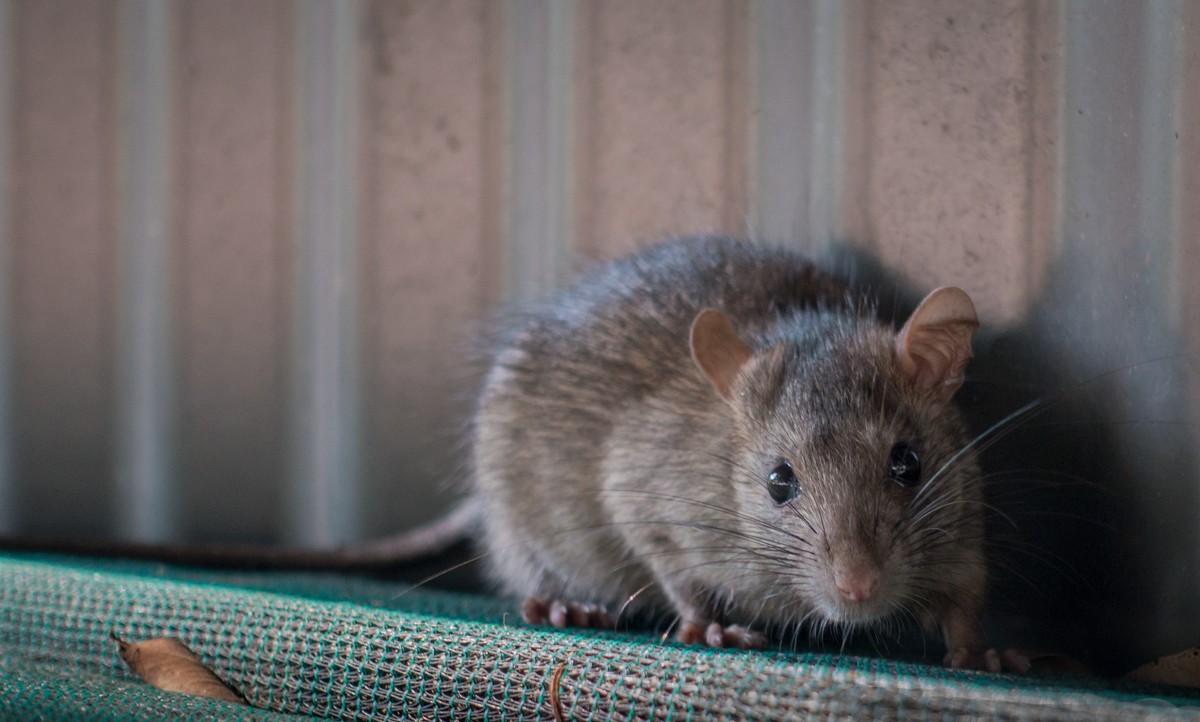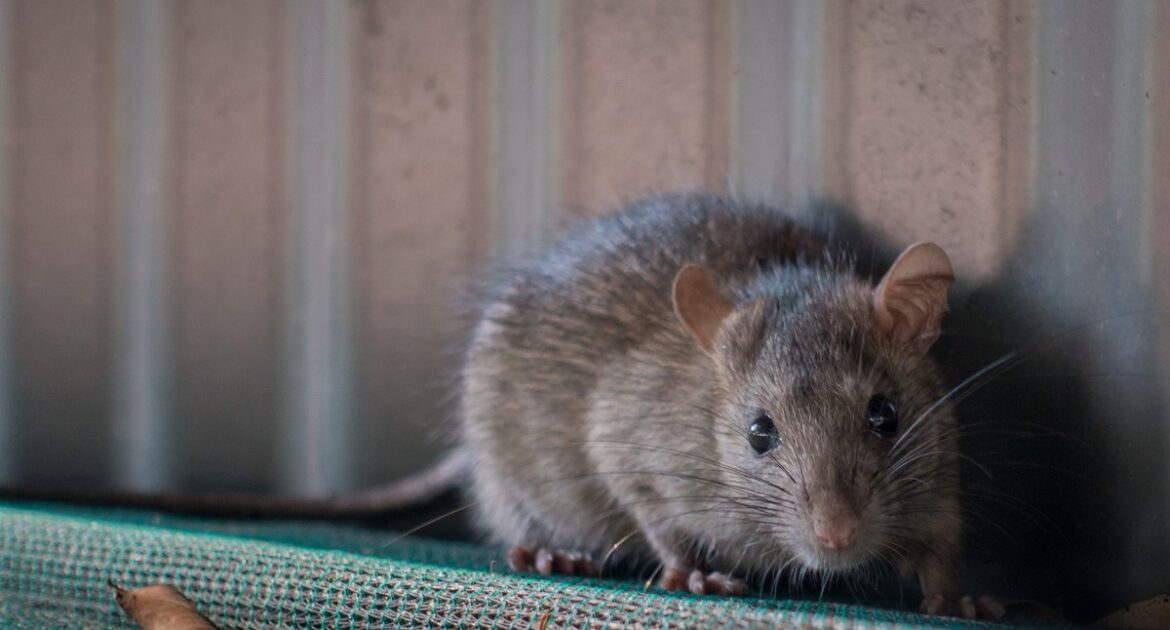Urban environments create a unique ecosystem that supports a wide range of wildlife, including rodents like rats and mice. Although many think of these creatures as pests, their role in urban environments goes beyond their nuisance factor. Rodents contribute to the balance of city ecosystems while also presenting challenges for homeowners.
By examining their behavior, understanding their ecological impacts, and implementing humane control strategies, we can learn to manage them effectively while maintaining the health of urban ecosystems. Here, we will examine their role in the ecosystem, including helping with waste management, contributing to soil health and supporting predators.
Understanding Urban Rodent Behavior
Rodents are incredibly adaptable. They thrive in cities because of the abundance of resources and the opportunities for shelter that urban development provides. Their remarkable ability to survive and reproduce makes them an integral part of the cityscape. Recognizing their behaviors is key to managing their population and mitigating potential issues.
Key Behavioral Traits of Urban Rodents:
- Nocturnal lifestyle: Rodents are most active during the night, relying on the cover of darkness to avoid predators and human detection.
- Keen problem-solving skills: These animals are clever and resourceful, capable of navigating pipe systems, ventilation shafts, and even electrical wiring.
- Rapid reproduction: A single pair of rats can produce hundreds of offspring within just one year if left unchecked, leading to exponential population growth.
- Caution and wariness: Rodents are naturally cautious, making it challenging to detect their movements or predict their behavior once inside a home.
Rodents seek food, water, and shelter in urban areas. They exploit vulnerabilities in structures, such as cracks in walls, unsealed vents, and damaged plumbing. Once established, they can be difficult to remove without professional help.
Benefits of Understanding Their Behavior:
- Identifying signs of rodent presence early (droppings, gnaw marks, or scratching sounds).
- Knowing typical entry points and habits to minimize access.
- Recognizing their broader role in the food chain.
The Role of Rodents in Urban Environments
While rodents are often seen as pests, they play essential roles in maintaining urban ecosystem balance. These roles include food chain support, waste management, and even soil enrichment.
Ecological Contributions of Rodents:
- Supporting predators: Rodents are a food source for urban predators such as owls, hawks, foxes, and stray cats. This sustains biodiversity in urban settings by maintaining natural predatory dynamics.
- Waste management: By scavenging food waste, rodents help clean up garbage in public and private spaces, which can reduce the spread of decay-related hazards.
- Contributing to soil health: Their burrowing and eating habits inadvertently aerate soil and break down organic matter, enriching soil for urban vegetation.
Researchers and urban planners study rodent populations to analyze waste management, food availability, and even the impacts of climate change. Fluctuations in these populations can reveal inefficiencies in city systems, such as neglected green spaces or outdated waste disposal methods.
Challenges Posed by Urban Rodents
Despite their ecological benefits, rodents bring many challenges to urban environments, particularly for homeowners. Their presence can lead to structural damage, health risks, and population control issues.
Common Problems Caused by Rodent Infestations:
- Structural damage: Rodents chew through wood, electrical wiring, and insulation, causing costly repairs and even increasing fire risks.
- Contamination and health hazards: Diseases like leptospirosis, salmonella, and hantavirus can spread through rodent urine, droppings, and bites.
- Rapid population growth: If not addressed promptly, even a small infestation can escalate into a major problem within months.
Understanding these challenges allows homeowners to take preventative measures and seek professional assistance when needed. Striking the right balance between managing rodents and maintaining their role in the ecosystem ensures a healthier urban environment.
Why Rodents Thrive in Urban Areas Like Waukesha
Waukesha is a prime example of how rodents adapt to urban habitats. The city’s residential neighborhoods, food sources, and seasonal shifts combine to create an ideal habitat for rodents to survive and reproduce.
- Ample food sources: Overflowing trash bins, garden compost, and improperly sealed food attract rodents, particularly during warmer months.
- Shelter availability: Older homes with structural weaknesses, such as cracked foundations, provide excellent entry points for rodents.
- Seasonal behaviors: Winter drives rodents indoors to seek warmth and shelter, escalating the frequency of infestations.
- Hidden environments: Basements, storm drains, and alleyways provide concealed nesting spaces where rodents can breed without interference.
These factors demonstrate why rodents are drawn to urban areas and emphasize the importance of proactive measures in urban communities.
Practical Steps for Protecting Your Home
Homeowners play a crucial role in managing rodent populations and reducing the risk of infestations. Taking preventative steps to limit rodents’ access to food, water, and shelter is one of the most effective ways to reduce their impact.
Preventative Measures to Manage Rodent Activity:
- Secure food sources:
- Store food in airtight containers.
- Regularly clean kitchen surfaces and floors to remove crumbs and spills.
- Keep trash cans sealed and empty them frequently.
- Limit shelter opportunities:
- Seal cracks, gaps, and holes in walls, foundations, and roofing materials.
- Inspect and repair damaged vents, pipes, and chimneys to block potential entryways.
- Declutter storage areas like basements, garages, and attics.
- Address outdoor spaces:
- Maintain a clean yard by clearing debris, food debris, and overgrown vegetation.
- Avoid leaving pet food outdoors overnight.
- Use rodent-proof mesh to block access to crawl spaces and garden sheds.
- Regular maintenance:
- Perform routine home inspections to identify and fix vulnerabilities.
- Partner with a wildlife control professional to develop long-term solutions.
Humane Rodent Management With Skedaddle
At Skedaddle Humane Wildlife Control, we take a humane and sustainable approach to rodent management. Our methods prioritize the safety and well-being of both homeowners and the animals involved.
Key Features of Skedaddle’s Humane Removal Process:
- Comprehensive property assessments to identify entry points, weak spots, and the extent of infestations.
- Safe and stress-free removal techniques that protect rodents while removing them away from your home.
- Exclusion techniques to seal entry points and prevent future infestations.
- Guidance on reducing attractants like food sources and shelter to make your property less inviting.
This holistic process not only addresses immediate concerns but also supports long-term harmony between humans and wildlife. By respecting the role of rodents in urban environments while minimizing risks, we provide practical solutions that benefit both homeowners and local ecosystems.
Supporting Urban Wildlife Balance
Rodents are much more than a nuisance; they play essential roles in the urban ecosystem by supporting predatory species, managing waste, and contributing to soil health. Homeowners can protect their properties while respecting this balance by adopting prevention-focused strategies and relying on professional, humane wildlife control methods.
At Skedaddle, we’re committed to helping communities like Waukesha coexist with urban wildlife responsibly. Whether you’re dealing with an active infestation or simply want to safeguard your home, our team is here to provide expert guidance and solutions. Contact us today to learn more about how we can help protect your home and promote a balanced urban ecosystem.




